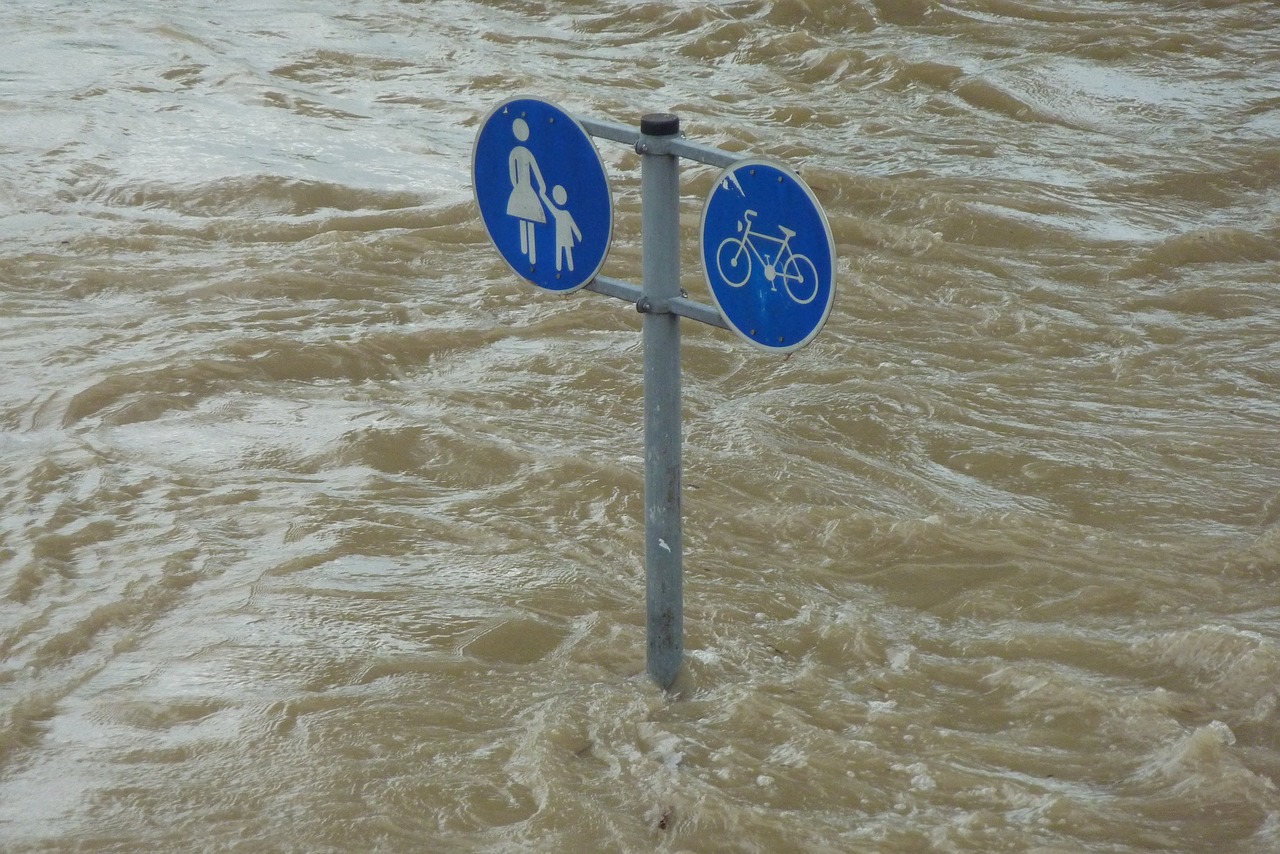U.S. News
Contaminated Water Could Cost Americans Their Limbs

Clear Facts:
- Hurricane Idalia’s aftermath in Florida brings with it the danger of lethal bacteria in floodwaters.
- Exposure to these bacteria, such as Vibrio vulnificus, can lead to severe consequences, including amputations and death, with seniors and young children most vulnerable.
- The rising antibiotic resistance in these pathogens means traditional treatments might fail, emphasizing the urgent need for awareness and preventive measures.
In the aftermath of Hurricane Idalia, Florida’s residents face an unexpected and silent peril: a threat lurking beneath floodwaters. Expert research suggests that this contaminated water could have potentially life-altering consequences.
Hurricane Idalia, a ferocious Category 3 storm, wreaked havoc on the picturesque coastlines of Florida’s Big Bend, leaving over a quarter-million Floridians grappling with power outages. Some faced the devastating loss of their homes or, even worse, their loved ones. However, the repercussions of this storm may be far more insidious than the immediate destruction we see.
Professor Antarpreet Jutla, an esteemed figure at the University of Florida, and a specialist in environmental engineering, has been diligently studying the dangers posed by floodwaters after extreme weather events.
His previous research in the Fort Myers region, after Hurricane Ian in 2022, revealed alarmingly high exposure to two lethal bacteria strains: Vibrio vulnificus and Vibrio parahaemolyticus.
Contact with these pathogens has chillingly been linked to grievous outcomes, including limb amputations and fatalities.
“These aren’t just mere numbers,” Jutla cautions, “these are our fellow Americans, our friends and family.”
This problem, as Jutla’s joint research with the University of Maryland indicates, isn’t entirely new. The past three decades have witnessed a significant rise in Vibrio vulnificus cases in Florida.
Yet, this spike became particularly pronounced after Hurricane Ian, leading to eight tragic deaths in Lee County alone. Vulnerable populations, including our cherished seniors and young children, are at the highest risk.
While the academic jargon can be perplexing, the message is clear: Warm temperatures and an abundance of plankton, conditions quite prevalent in regions affected by Hurricane Idalia, foster the growth of these dangerous bacteria.
Moreover, another emerging threat that has experts concerned is the increasing resistance of these pathogens to available antibiotics, known as antimicrobial resistance genes (AMR). This means that even if someone gets infected, our commonly used medicines might be rendered powerless.
But Jutla’s message is also one of empowerment. He urges residents to steer clear of floodwaters, especially if they have open wounds, cuts, or scrapes. In situations where contact is unavoidable, immediate medical attention is paramount. Our best defense against this silent threat is awareness and prompt action.
Moreover, Jutla emphasizes that it’s high time we develop comprehensive pathogenic libraries to understand and tackle such threats effectively, safeguarding our coastal communities.
Our nation’s resilience doesn’t just lie in rebuilding infrastructure but in fortifying our knowledge and defenses against invisible enemies.
We want to know what you think! Share your thoughts in the comments below.

Dean
September 3, 2023 at 11:05 pm
Possibly this could be just a ploy to get money for another big program-who knows?